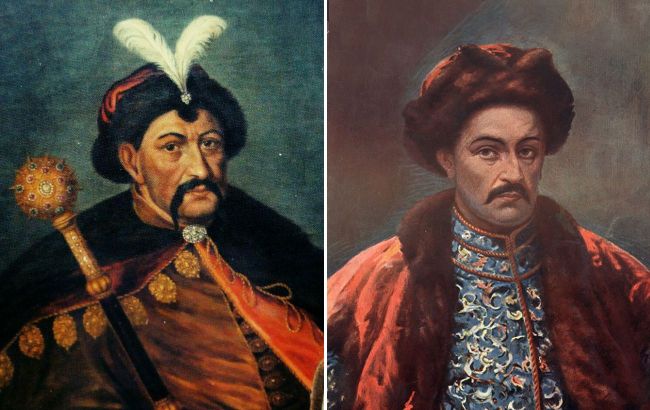How Ukraine's Hetmans used marriage as their secret tool of power
 How hetmans used marriage for political purposes (Collage: RBC-Ukraine)
How hetmans used marriage for political purposes (Collage: RBC-Ukraine)
In ancient times, marriage was not only a matter of the heart but also a tool of politics. Ukrainian hetmans and princes skillfully used family ties to strengthen their power, build alliances, and avoid wars. Dynastic marriages paved the way to the throne, facilitated diplomatic agreements, and sometimes even led to betrayal. Which historical marriages turned history on its head and altered the fate of Ukraine?
Marriages as a diplomatic tool
In Ukrainian history, political marriages played a role as big as the battles. They secured allies, peace treaties, or enhanced the ruler’s authority.
For hetmans and princes, marriage was part of state strategy, a way to preserve power or expand influence.
The Ostrozhsky princes: Political family with European connections
The Ostrozhsky family was one of the most influential princely dynasties of the 16th to 17th centuries. Prince Vasyl-Kostiantyn Ostrozhsky arranged marriages for his children with members of the Polish, Lithuanian, and Wallachian nobility, seeking to preserve Orthodoxy under the Polish crown.
His family wielded considerable influence in the Polish- Lithuanian Commonwealth, and their marriage policy helped maintain balance between confessions.
Bohdan Khmelnytsky: Alliance with Moldova
One of the most famous examples of hetman diplomacy was the marriage of Tymish Khmelnytsky, son of Bohdan, to Ruxanda Lupu, daughter of Moldavian ruler Vasile Lupu.
This alliance was meant to strengthen Ukrainian-Moldavian relations and create an anti-Polish bloc. However, it also led to bloody conflicts that ended with Tymish's death during the siege of Suceava.
Ivan Mazepa: Love against politics
Mazepa also practiced marriage diplomacy, though not always successfully. His plans to marry Motria Kochubey, the daughter of the general judge, collapsed due to her family's opposition.
This story had not only a personal but also a political dimension. The marriage could have strengthened the hetman's position among the Cossack elite. In the end, the intrigue ended tragically, becoming a symbol of the conflict between power and moral principles.
Kyrylo Rozumovsky: Hetman who married into an empire
The last hetman of Left-Bank Ukraine, Kyrylo Rozumovsky, owed his position not only to his talent but also to his brother Oleksiy's marriage ties with Russian Empress Elizabeth Petrovna.
This union made the Rozumovsky family one of the most influential in Europe and turned Kyrylo into a hetman who embodied harmony between the Ukrainian elite and the Russian court.
The marital intrigues of Ukrainian hetmans and princes were not just family stories but part of a larger political game.
Through marriage ceremonies, alliances were forged, conflicts resolved, and history itself reshaped. Love in such unions often gave way to calculation, and every wedding bell echoed in the halls of diplomacy.
Earlier, we revealed why Cossack sabres were once hung on walls.
Sources: Encyclopedia of the History of Ukraine, National Historical and Cultural Reserve "Baturyn."

